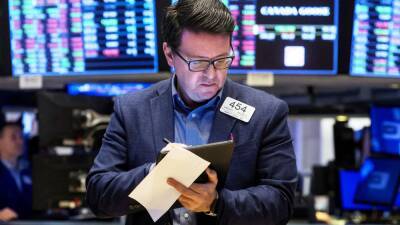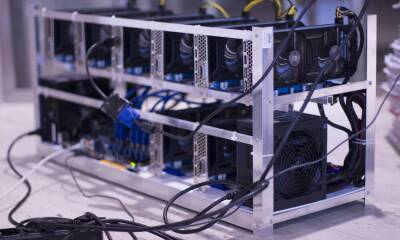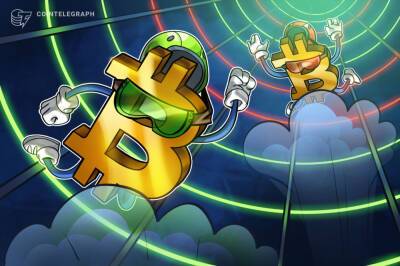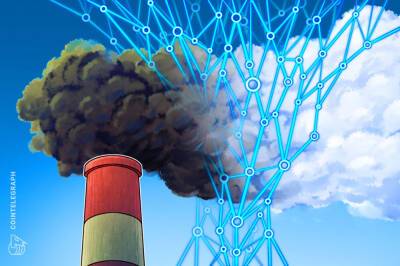UK inflation may hit 10%, so sub-1% borrowing costs might look like tokenism
Get ready for an inflation rate of 10% later this year, a sight not seen in the UK since the early 1990s. That outlook is now endorsed as roughly credible by the Bank of England, the same people who thought as recently as last month that the peak would arrive soon and be 7.25%.
Russia’s invasion of Ukraine, a fresh round of soaring energy prices, and more supply chain disruption have up-ended month-old assumptions that already looked wobbly. Thus we are in a land where inflation could end up being “several percentage points higher” than the Bank expected only last month.
In the circumstances, the mini-surprise is that nobody on the Bank’s nine-strong panel wanted heavier action than a quarter-point rise in interest rates to 0.75%. Indeed, the deputy governor, Jon Cunliffe, preferred to stick at 0.5%. This was a very cautious version of an interest rate hike.
Complacency on stilts? That accusation will arrive from one quarter for the understandable reason that sub-1% borrowing costs, at first glance, looks like tokenism if you seriously expect inflation to be at double-digit levels within the year. The danger lies in allowing inflation expectations to run wild, igniting a wages and price spiral.
Yet the critical line in the Bank’s minutes was probably this: “Further out, inflation was expected to fall back materially, and possibly to a greater extent than had been expected in the February report.” Well, quite. The peak grabs headlines, but what happens thereafter matters as much. Energy bills are virtually guaranteed to rise again in October (by about another £1,000, if nothing changes) but they cannot keep increasing forever. In the meantime, the severe squeeze of living standards will eventually generate deflationary
Read more on theguardian.com



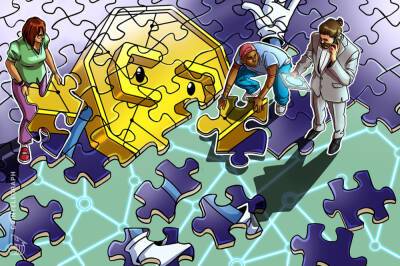

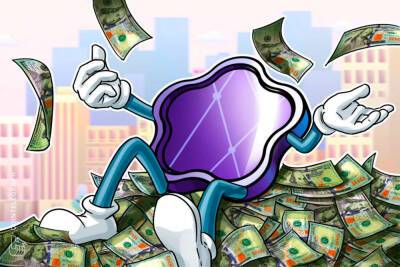
![Ethereum Classic [ETC]: The next buying opportunity can be found at… - ambcrypto.com](https://finance-news.co/storage/thumbs_400/img/2022/4/13/21537_aqd.jpg)






